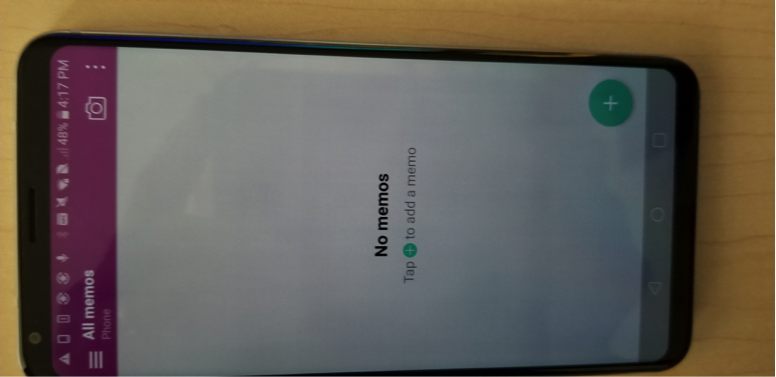Vertical Divider
|
Don’t Let Image Sticking Damage the Reputation of OLEDs
November 6, 2017 With the release of the iPhone X, Apple expects color and hue shifting at off-angles as a characteristic of the OLED display. Apple also says iPhone X has the best OLED display in the industry with the Super Retina display, but burn-in can still occur under certain circumstances. Moreover, over since the Google Pixel 2 XL arrived, reviewers have been laying into the pOLED display built by LG. The issues are related to overall quality and the level of detail present on the display when it is active. But Google has a solution, apparently, and it will be coming via a software update very soon. Here’s their official line: “On the topic of color saturation, we designed the Pixel 2 XL to take advantage of multiple facets of the innovative new pOLED technology, including QHD+ resolution with 538 pixels per inch and a wide color gamut. One of our design intents was to achieve a more natural and accurate rendition of colors. We know that some people prefer more saturated colors, so both Pixel 2 phones already include an option to boost colors by 10% for a more vivid look. And based on the recent feedback, we’re adding a new mode for more saturated colors, which will be made available via a software update to both Pixel 2 phones in the next few weeks.” Google isn’t admitting there are issues with the display per se; rather, it is suggesting that its choice to use a more natural palette of display color might not have worked as planned. The other issue, which can’t be fixed via a software update, are the reports of screen burn-in on certain units. Google has commented on this: “Pixel 2 XL display shows that its decay characteristics are similar to OLED panels used in comparable products.” Basically, Google is saying that image sticking comes with OLEDs and the user will just have to live with it. In order to get around any potential PR disasters, Google is now offering a two-year warranty on all Google Pixel handsets, so if something does happen to the handset’s display, its covered. The update for the display should be landing within the next couple of weeks. Below are three examples of burn-in (image sticking, mura and pixel aging) Figure 1: TV Image Retention Comparison Source: Samsung
Figure 2: Pixel 2L (Burn-in at Bottom with Navigational Buttons) Source: CNET
Figure 3: V30 @ 5% Luminance (Showing Mura) Source: OLED-A
The pOLEDs have a number of issues that either weren’t addressed or perhaps were short sighted:
|
|
|
Contact Us
|
Barry Young
|


